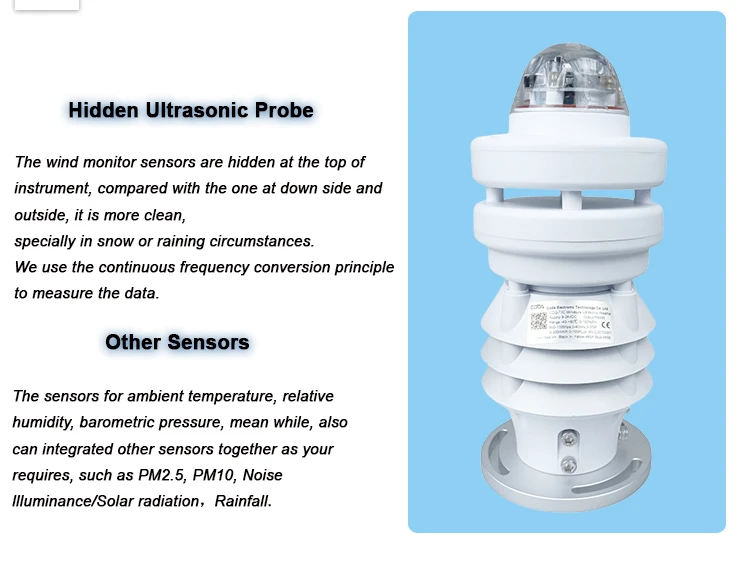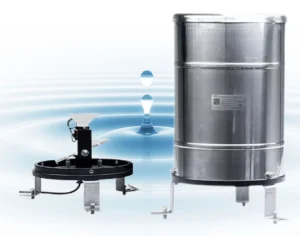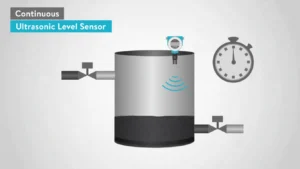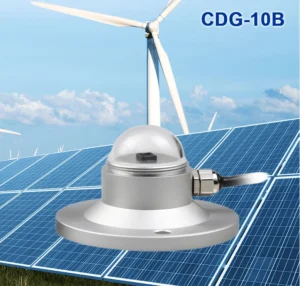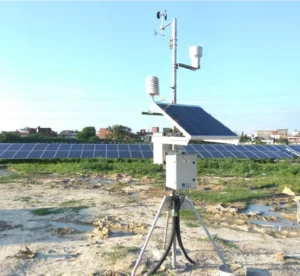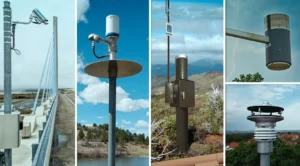What is an Ultrasonic Weather Station?
An ultrasonic weather station is a complex device. It uses ultrasonic technology to gather and study various weather data. It works on the principle of ultrasonic waves.
These waves have a frequency that is too high for humans to hear. The device sends these waves into the air. When waves hit air particles, wind, or raindrops, they bounce back to the device.
The station measures how long it takes for the waves to come back. It also looks at changes in frequency and other features.
This helps it find key weather details like wind speed, wind direction, rainfall amount, and temperature in advanced models. This way of measuring without contact gives high accuracy and reliability. Ultrasonic weather stations play a key role in modern weather science.
Ultrasonic Weather Station from Coda SENSOR
What Products Does Coda SENSOR Offer?
Coda SENSOR offers ultrasonic weather stations tailored to suit the diverse needs of various sectors. Their Ultrasonic Weather Station is a complete solution for watching weather conditions as they happen.
The station uses high-performance ultrasonic sensors that work together. This setup gives you accurate and timely data. Its small and sturdy design allows for many types of setups. These can be on city rooftops or in distant farm fields.
The device has an easy-to-use interface and strong data transmission features. This allows it to work well with current monitoring systems.
Distinctive Features of Ultrasonic Weather Stations
– How Accurate Are They?
Ultrasonic weather stations are highly precise. Coda SENSOR’s devices can measure wind speeds very well. They can measure speeds as high as 60 meters per second. They can also measure wind direction in a full 360° range.
Rainfall measurements are very precise. This makes these tools perfect for industries that need detailed information. These fields include weather forecasting, studying the environment, and aviation.
– How Quickly Do They Respond to Weather Changes?
These weather stations respond quickly to changes in the weather. Their fast data processing works because of quick ultrasonic waves and smart signal algorithms. For example, a quick change in wind speed or rain intensity is quickly noticed. This allows for accurate updates in real time.
– How Durable Are Ultrasonic Weather Stations?
Durability is a key part of their design. These stations are made with strong, weather-resistant materials. They work well in temperatures from -20°C to +60°C.
They resist rust and are less likely to get damaged by dirt or dust. This helps them last a long time, even in hard conditions.
Advantages and Applications of Ultrasonic Weather Stations
– What Are Their Main Advantages?
A main benefit of ultrasonic weather stations is that they have no moving parts. Ultrasonic sensors are different from traditional models. They do not use moving parts like anemometers or wind vanes.
This cuts down on wear and tear. It also lowers maintenance needs and costs as time goes on. Their performance is less impacted by environmental factors.
This includes problems like icing or fouling. These problems often disrupt normal sensors.
– Where Are They Used?
Ultrasonic weather stations are useful in many ways. In aviation, pilots get precise weather information. This helps them take off, land, and fly more safely. In marine industries, they help with navigation by providing current wind and wave data.
Farmers in agriculture benefit from using data. They use it to decide on irrigation, pest control, and harvest times. These stations help keep track of the environment.
They help keep construction sites safe and assist with city planning. Accurate weather forecasts help make building and infrastructure development better.
In summary
Ultrasonic weather stations are a big step forward in weather technology. Coda SENSOR offers advanced technology that is reliable. This makes them a good option for many industries.

